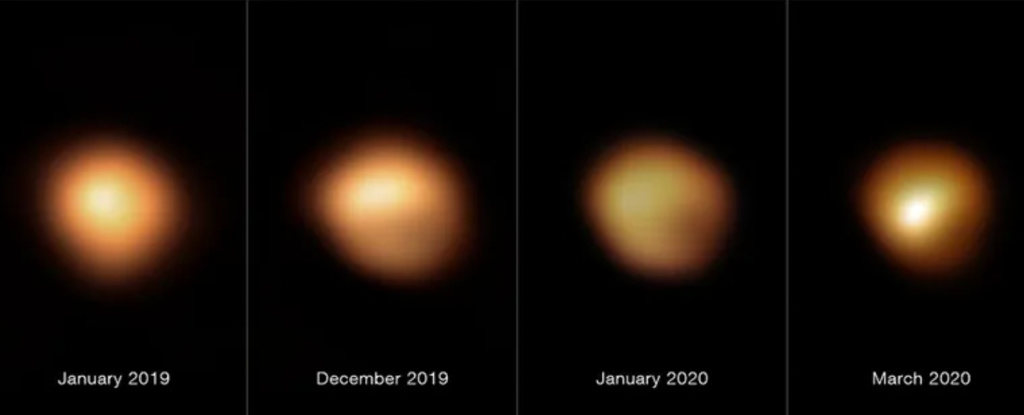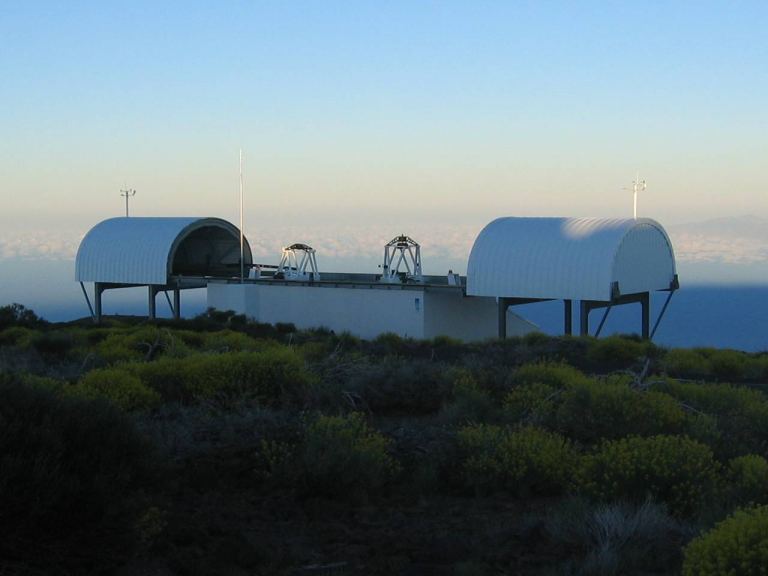
For those who regularly gaze at the night sky, the constellation Orion the Hunter is likely a familiar sight. Unlike many constellations that bear abstract resemblances, Orion stands out as one that closely resembles its namesake.
Among Orion’s prominent stars is Betelgeuse, which garnered attention in 2020 when it experienced an unprecedented dimming event, now known as the “Great Dimming.” Astronomers have delved into this phenomenon, revealing intriguing findings.
Betelgeuse, located nearly 650 light years away, is a red supergiant star with a colossal radius of 617 million kilometers. To put it in perspective, if Betelgeuse were in the Sun’s position, Earth’s orbit would be engulfed within its expansive layers.
This variable star exhibits semi-regular fluctuations in light output, primarily attributed to pulsations in its radius occurring over a roughly 400-day cycle. Additionally, there is a more extended period of variability lasting around 2,100 days, of uncertain origin but potentially linked to convective flow variations.
The “Great Dimming” of 2020 saw Betelgeuse’s visual brightness drop by 1.6, though the dimming was uneven across the star’s sphere, with the southern hemisphere notably darker than the northern. Numerous theories, including large star spot formations or dust clouds, have been proposed to explain this event.
A recent paper in Astronomy and Astrophysics, authored by a team led by Daniel Jadlovský, leverages 15 years of data from the STELLA robotic telescope to delve into the Great Dimming event in unprecedented detail.

The comprehensive data enabled the team to scrutinize Betelgeuse’s photosphere (visible layer), uncovering insights into radial pulsations, shockwaves, and their interactions within the photospheric layers.
Utilizing tomographic techniques to construct images from projections, the team identified five distinct layers within the photosphere. Analysis revealed that variations in the innermost layer, C1, aligned with timescales of visual magnitude fluctuations.
Shockwaves traversing the layers appeared to broadly correspond with brightness variations. In the context of the 2020 Great Dimming event, the data unveiled two powerful shockwaves in the photosphere. The first likely caused a significant outflow of material, leading to an infall of all layers. Subsequently, a more potent second shockwave resulted in a substantial outflow of material.
Due to the differing photospheric layers, these events did not unfold simultaneously across all, and it wasn’t until early 2022 that Betelgeuse returned to a stable state.
Access the original article.





